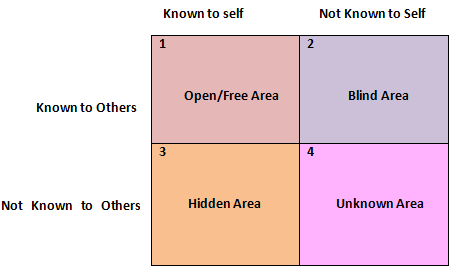The Process of Competency Based Assessment
April 3, 2025
 The Process of Competency Based Assessment
The Process of Competency Based Assessment
The increasing competition and changing business needs demand that the HR professionals responsible for the management of human resources of an organization upgrade and modify their roles and become strategic business partner and an important stakeholder in the growth of the organization. This further translates into the fact that, all the HR strategies, processes and…
 Ethical Considerations in Competency based Assessments
Ethical Considerations in Competency based Assessments
Assessments of any kind have a bearing on the careers of the individuals hence when assessments are carried out certain ethical considerations should be taken care of: Assessments are conducted for several purposes in the organization, whatever the purpose is, it needs to be communicated clearly to all participating members, assessors and administrators The assessment…
 What is Competency Based Assessment – Meaning and Important Concepts
What is Competency Based Assessment – Meaning and Important Concepts
With the ever evolving and diversifying business challenges, the approach to the management of human resources has also undergone a paradigm shift. The competitive advantage achieved through technology, new products and information is short lived and vastly evaporating. The only distinguishing feature from the competition which remains, are the skills and contribution from the employees.…
It is not uncommon for us to hear statements from people like they are never understood by others; they are perceived as having a certain kind of personality which actually is not their true self etc. And surely enough, many of us might have used those statements ourselves too.
The workplace is no different where similar sentiments might be echoed by a large segment of employees. It might be under or over estimating their strengths and competencies or their negative areas. Now, how does one understand and asses strength and development areas appropriately about their own self or of the employees in case of a workplace?
Joseph Lutt and Harri Ingham developed a model in 1955 in the United States to address this issue which is known as Johari window. One can clearly see that the name of the technique is derived using the first two letters of the names of both the psychologists.
It has a simple process where the participant of the exercise is given a list of 56 adjectives and he/she is asked to choose 5-6 of them which best describes their personality. On the other hand, peers of the participant are given the same list and each of them are asked to choose 5-6 adjectives which best describe the participant, all these are then mapped into a grid. Let us have a look at what does the standard model looks like:

The colors of the quadrant are irrelevant, just used to differentiate however the fact to note is the description of the quadrants. The following combination and simple examples would help you understand it better:
Information can certainly be passed from one quadrant to another and more the information is shared the larger becomes the 1st quadrant which is free/open area. The necessary condition for sharing of information becomes trust, mutual respect and concern.
Johari window has several usages in the organizational setting. Knowing the open/free area of every team member increases mutual cooperation. The feedback provided to someone brings information which is in the 2nd quadrant or blind area to open area which helps in improvement and learning.
Talking about the 3rd quadrant or the hidden area, there may be certain personal aspirations and motivations or priorities of a team member which the team or the leader are unaware of, such a situation causes inadequate contribution or misdirected efforts of that member. Encouraging sharing and learning about others is a way to bring the information into the open/free area.
The last quadrant or the unknown area is an area of opportunities or latent talent or potential. An employee may have certain capability within himself which might not have been explored by the employee or the organization due to lack of suitable opportunity, confidence or training.
For example the production manager of the plant may be very good at handling the trade union representatives but neither he nor the organization knew it until he was forced to join a trade union meeting to explain certain production related aspects.
Johari window is an effective technique which when used appropriately provides valuable information regarding one’s own self and others, which is an important characteristic which every leader needs to possess to succeed.
Your email address will not be published. Required fields are marked *